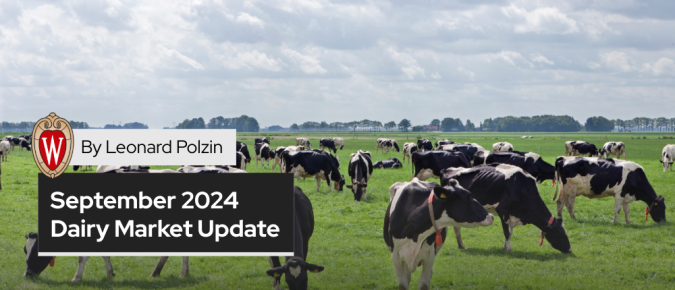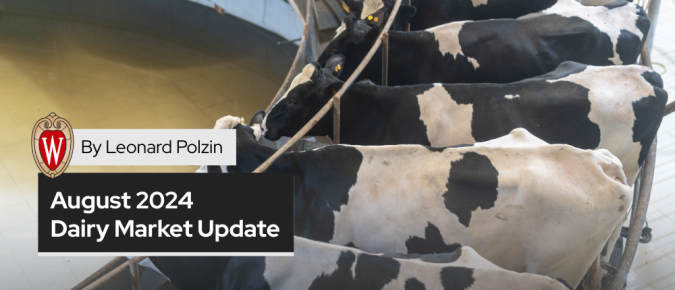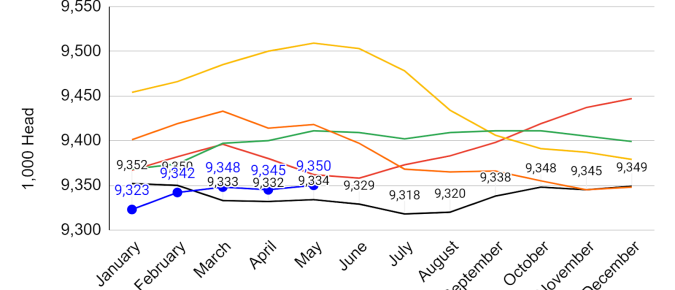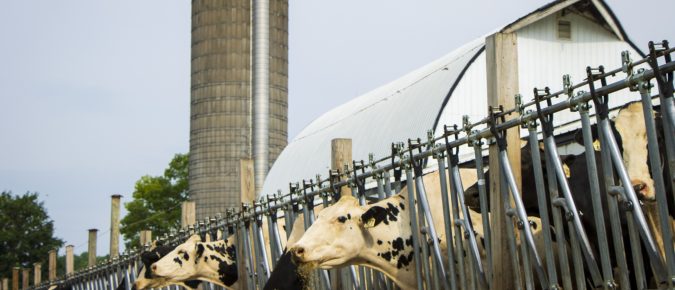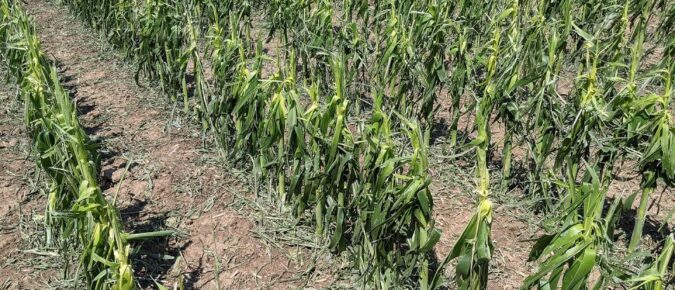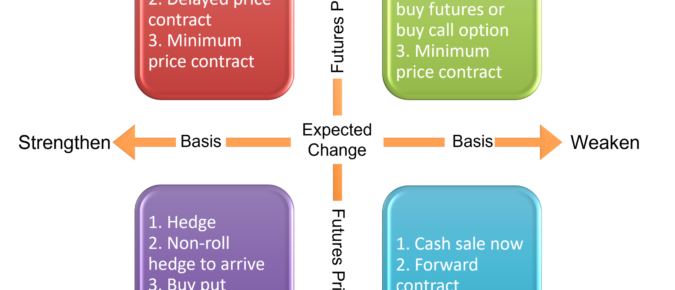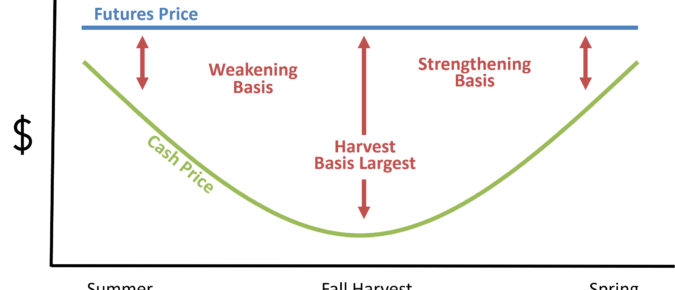In August and September 2024, global feed prices experienced a downward trend, driven by improved production conditions and enhanced market competitiveness. This report details the recent changes in feed prices, explores their underlying causes, and provides forecasts based on the discussion at the 2024 IFCN Dairy Researchers Meeting.
Prices have remained stable and are expected to continue this trend into the fall and the rest of the year. Butter prices, along with slightly constrained milk supplies, have contributed to supporting farm-level prices. Although demand remains steady but unremarkable both domestically and internationally, it continues to absorb market supply. However, any decline in demand or increase in milk supply could exert downward pressure on prices as we move into the early part of 2025.
Numerous supply constraints and varying demand factors currently shape the industry. Milk production, feed prices, geopolitical developments, and environmental conditions are the major factors influencing milk prices during the first quarter of 2024.
Increased efficiency at the farm level has muted the milk supply response as traditionally measured by cow numbers. We have seen milk supplies slowly tighten through the first half of 2024 and might be seeing signs of tightening supplies at the processor level.
The U.S. dairy market is potentially at a turning point, marked by reduced culling, stable cheese inventories, and rising butter stocks. Improved milk prices and strong export performance offer some optimism.
Crop Insurance is a federal government instituted and managed entity, so there are more rules and added opportunities beyond the basics. In this article, we are going to introduce more of these opportunities within the policies we have reviewed, introduce other policy types available for other crops, and showcase some of the more important crop […]
Crop Insurance is a risk management tool available to farms through which they may insure their farm’s production in a given year. If you don’t have any production, what do you have to market? In reality, not much, if anything. Farms are able to utilize grain marketing tools because of the opportunities presented to them […]
The first decision point within a crop insurance selection process is about primary policy type. Once you have selected the policy type, there are still some important decisions to make. The most important of these other decisions are the Coverage Level and Unit Structure which you want to utilize. Both will significantly impact your risk […]
Four policy types are available for most crops. There are 2 pairs of options within the policy decision. There are exceptions for regionally minor crops. Yield vs Revenue Protection Yield Protection crop insurance policies protect against low yields. Period. Revenue Protection crop insurance policies protect against reduced revenue, whether brought about by lower yields, lower […]
Crop Insurance is quite the commodity. It combines insurance (lawyers, accountants, and mathematicians) with government. If that doesn’t sound scary, you’re probably in the minority. That fact aside, crop insurance in the U.S. has actually been designed to help farms cost-effectively manage their production risk. In the process of doing so, crop insurance policies can […]
When working on your farm, it’s important to have the right tool and knowledge for the job at hand. There are a variety of tools available for the job of implementing your grain marketing plan. These tools will provide you with a variety of ways to interact with the cash and futures market. This graphic […]
What is Basis? When you sell a load of grain locally, you receive a price that is different from the futures price. This difference is termed ‘basis’. Basis is simply the difference in value between what the futures market says a bushel of grain is worth and what a buyer will pay for that bushel […]
When you are developing a grain marketing plan, it is important to ensure that you have all of the information you need to make the best decision possible. Information from the cash and futures markets will provide you with the numbers from which to base your grain marketing decision making. This article will provide you […]
This update aims to provide stakeholders with a comprehensive overview of the current market conditions, facilitating informed decision-making in the dairy sector.
There are four major steps in developing your grain marketing plan. Step 1: Determine expected crop production and cost of production As the first step in developing your marketing plan, you should detail the basic information about the crop to be marketed, including the expected crop production. The proportion of expected production or expected crop […]
There are four major factors that influence a grain marketing plan. These are personal feelings and attitudes about marketing, the financial needs of the farm business, seasonal price patterns, and the current price outlook. Personal feelings and attitudes about marketing The first factor is your personal feelings and attitudes about marketing. Each farmer will differ […]
Most farmers develop excellent crop production plans each year, including strategies for weed control, fertilization, tillage, and match these practices with financial resources. A grain marketing plan identifies a farmer’s specific price objectives as the production and/or storage season progresses. The marketing plan identifies strategies available to achieve the specific price objectives. Like successful production […]
Fixed costs are those expenses that occur regardless if we grow a crop or not. Variable costs are those cash expenses needed to grow, harvest and store a crop




